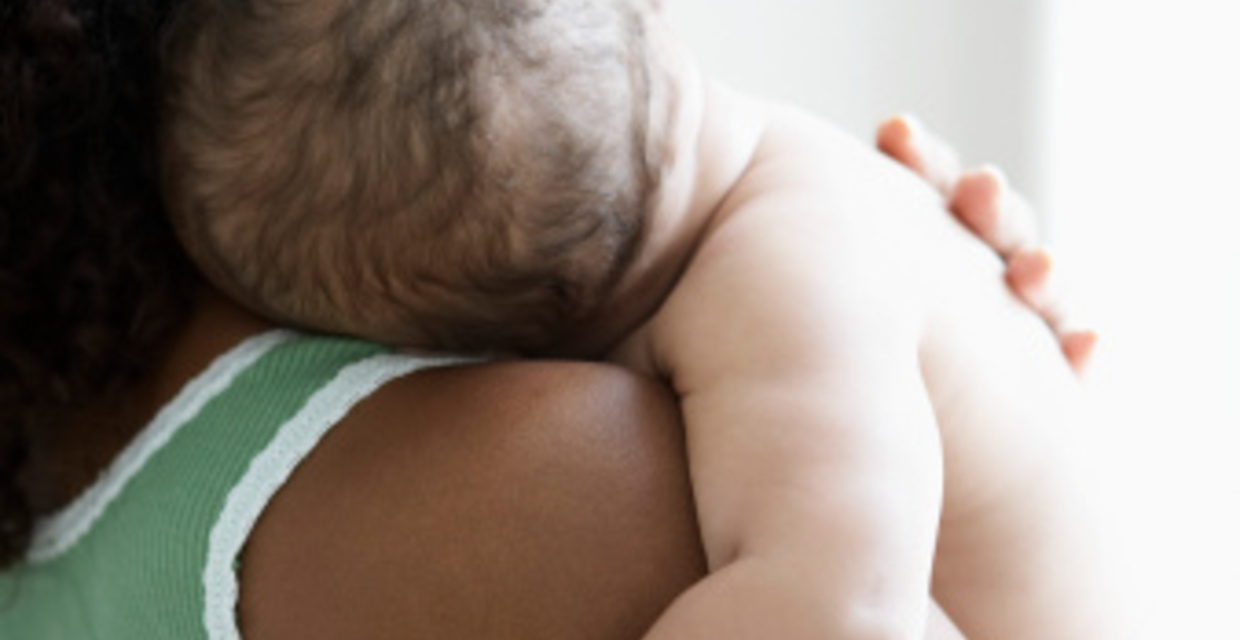Getting yourself and your children to a safe place is the number one priority
- By domesticshelters.org

You’re enduring life with an abusive partner and you realize it’s time to leave. But you have children in the house. He tells you that if you take them, he will file a missing child report and you will be accused of kidnapping. You will be arrested and will lose custody. So, you stay out of fear, enduring endless days, months, years of abuse.
This threat is used on many survivors of domestic violence by their controlling partners. It is an abuser manipulation tactic. While child custody issues are very real and nuanced, the above scenario holds no validity with the law when you and your children need to escape abuse to a shelter.
Magdalena Dircio, legal advocate with Laura’s House, a domestic violence advocacy organization and shelter in California, sheds some light on the topic. “If you need to flee your [abusive] situation and enter a shelter, it is important to know that if there are no custody orders, you can take the children with you and there should not be legal consequences,” Dircio says.
Long before you flee to a shelter, it’s a good idea to understand your local parental and custody laws from a domestic violence advocate, since laws do vary. After you flee to a shelter, you should follow up as soon as possible with an attorney to chart the best course of legal action going forward. Usually the shelter can help you with connecting to legal advice.
Linda Lopez, Esq., a member of the American Bar Association’s (ABA) Commission on Domestic and Sexual Violence, says, “If you’re in imminent danger, say, at 8 o’clock at night, see if you can get into a shelter first and consult with an attorney the next day. Reach out to a domestic violence organization or your local bar association and get legal advice given your specific facts, and ask what the best plan is for you.”
A child custody dispute, where courts decide on matters such as joint/sole custody and visitation rights, may ensue afterward. While it may seem unfair and burdensome to have to engage in a custody fight after experiencing abuse, it is a normal part of the process when parents of children go separate ways.
Child custody laws vary by state and, according to the nonprofit Stop Violence Against Women, courts must consider potential danger to the children or trauma from witnessing past violence when making custody determinations. This site gives an overview of child custody laws by state when domestic violence is involved.
Precautions you should take to protect yourself and your children before leaving an abusive partner:
-
- File for a family law restraining order. “A custody case can be messy and long, but if child custody orders are requested within a family law restraining order, you could get emergency orders on the day you file and then get a more permanent custody order within 3 weeks,” says Dircio.
- Talk to an advocate to create a safety plan. (You can find one near you here.) Leaving can be the most dangerous time for survivors. Make sure you know where you’re going and how to get there safely. You can also call or message the National Domestic Violence Hotline, 800-799-SAFE, 24 hours a day, 7 days a week.
- Make a diary that documents the dates of the abuse (whether physical, psychological or emotional, financial or any other type of abuse), details on each episode, phrases used by the abuser, images, and names of any witnesses; be sure you keep your diary safe at all times. Read “Why You Should Document Abuse” for more details.
- Pack a bag before leaving and keep it in a place other than your home (your work or a friend or relative’s house). This should include your children’s birth certificates or immigration papers, social security cards, backup supplies of necessary medications, diapers, formula and some cash.
- Call the police if you are in immediate danger and make sure to get a copy of the police report. You can use it later in your custody case.
You can involve your children in safety planning as well. Read more about how to do that in “Safety Planning With Your Kids.“
Fleeing An Abuser With Your Children

